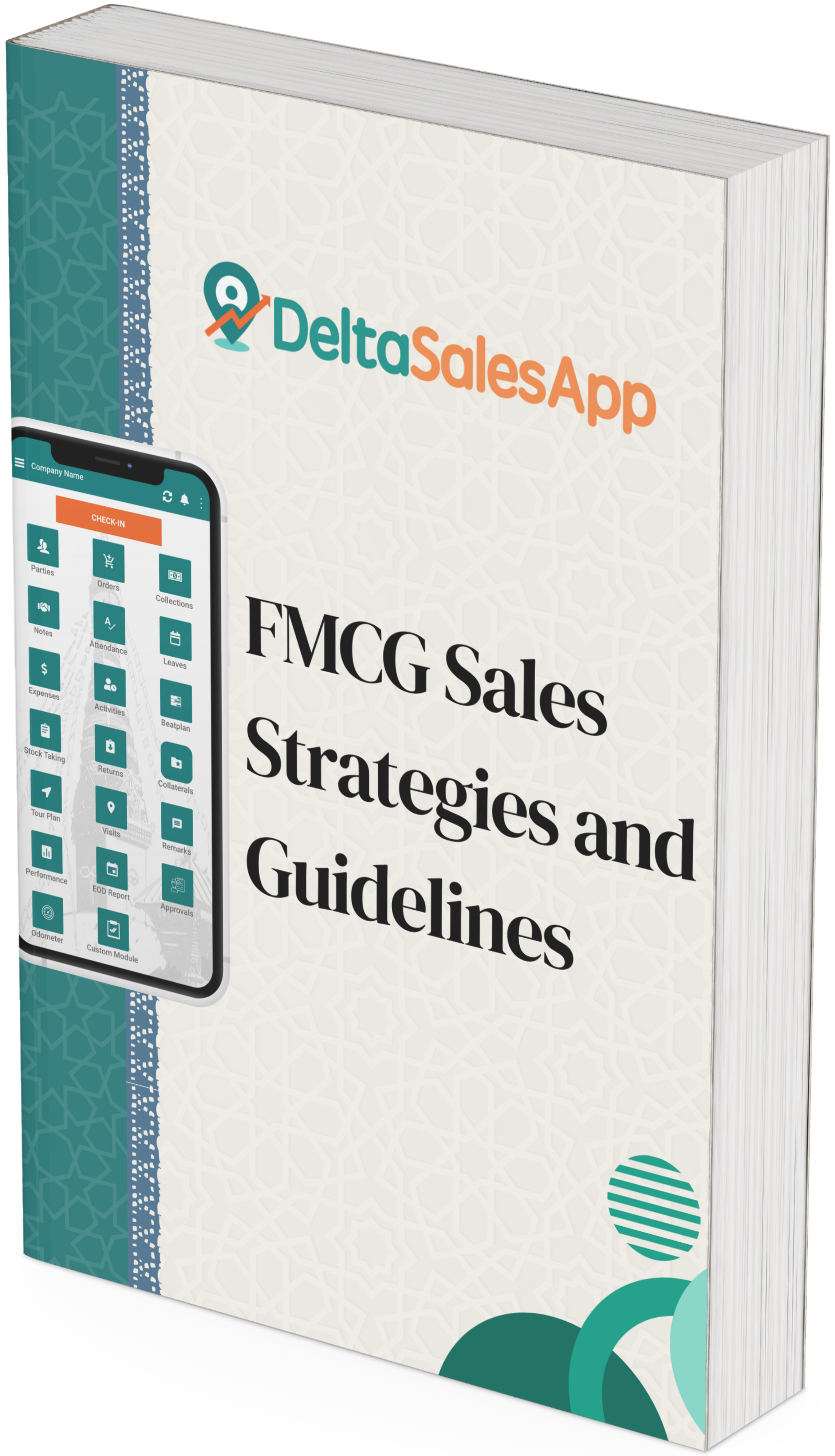Africa's CPG Market: Obstacles, Developments, And Opportunities

Africa's CPG market is becoming one of the most exciting spaces for brands. With rising incomes, urban growth, and increased use of mobile technology, the market is expanding quickly. However, brands must deal with real challenges like tough logistics, varied consumer habits, and a fragmented retail system.
Africa's Consumer Market's Progression
By 2025, household expenditure in Africa is expected to reach $2 trillion, signaling the rapid growth of the Africa's CPG Market. The GDP of the continent is growing faster than the world average, and investments from venture capitalists are increasing, especially in digital and financial tech companies. Africa is becoming a highly attractive location for businesses in the Africa CPG Market, thanks to rising internet use, mobile money options, and financial inclusion.
A developing middle class, urbanization, and changing customer tastes are all shaping the retail and distribution environment. However, leveraging Africa's CPG market potential comes with its own set of challenges.
![]()
Obstacles in Africa's CPG Business
Political Conflict and Regulatory Obstacles
Unpredictable business conditions are caused by political instability and uncertain regulations since only 10 of the 54 African countries are categorized as free. It takes careful risk assessment and well-thought-out market entry strategies to expand in these areas.Diverse Cultural and Geographic Environment
With over 2,000 languages spoken, Africa's diversity creates difficulties for CPG consumer interaction and marketing. To successfully interact with a variety of customer demographics, brands need specialized strategies.Diverse Customer Conduct
There are notable regional differences in shopping habits. Some customers value convenience or brand loyalty more than price comparisons and ads. The secret to successful marketing and sales in the CPG market is to comprehend these subtleties.A Disjointed Retail Environment
Small local retailers make up a significant amount of sales in many areas where traditional retail predominates. In certain areas, supermarkets are expanding. Because of this fragmentation, large-scale brand distribution and placement in the CPG sector are challenging.Restrictions in Infrastructure
Inadequate road systems, unstable power, and expensive logistics make distribution less effective. CPG brands need to overcome these obstacles by using creative last-mile delivery strategies and smart alliances.Insufficient Market Information
Planning sales strategy and monitoring company success are made more challenging by a lack of precise and thorough market data. To overcome this obstacle, CPG companies need to invest in data analytics and field market research.
Important Factors Affecting the CPG Market in Africa
Growing Urbanization and the Growth of the Middle Class
Half of Africa's population is predicted to live in cities by 2030, and by 2060, there will be 1.1 billion middle-class people. The demand for both necessary and nonessential CPG items will rise as a result of this demographic transition.Exposure to Media and Shifting Preferences
Global brands and lifestyles are being introduced to consumers via increased access to mobile technologies, TV, and the internet. This change is impacting consumer choices and raising demand for high-end and aspirational CPG goods.The Revolution of Digital and Mobile
Africa is adopting technology at a faster rate than other continents, and e-commerce and mobile payments are significantly influencing retail. For CPG brands to target tech-savvy customers, digital sales channels must be optimized.Retail and Financial Services Hybrid
A lot of retail firms are integrating financial services like mobile banking and in-store cash withdrawals. This trend increases brand trust and improves convenience within the CPG sector.
Methods of Success in Africa for CPG Companies
Specialized Marketing and Product Approaches
It is crucial to modify goods and advertising to suit regional preferences and buying power. Providing more economical, smaller packaging may also aid CPG firms in breaking into lower-income regions.Making Use of Automation in SalesForce (SFA)
Real-time monitoring of customer interactions, inventory, and sales performance is made possible with SFA solutions. Features like geo-fencing, ERP connectivity, and automatic reporting improve efficiency and market visibility.Improving Logistics and Distribution
CPG brands may overcome infrastructural obstacles and reach disadvantaged regions by using alternative distribution strategies, such as mobile retail solutions and van sales.Applying Decision Making Based on Data
By spending money on consumer analytics, market research, and AI-powered insights, CPG companies may minimize risks and maximize growth prospects while making well-informed strategic choices.Improving Brand Engagement and Customer Loyalty
Personalized marketing, loyalty programs, and exceptional customer service are essential for creating enduring brand connections. Digital interaction via mobile applications and social media enhances customer relationships even further.
Conclusion: Getting the CPG Future Potential in Africa
For CPG companies prepared to overcome their obstacles via technical innovation and strategic planning, the CPG sector in Africa has enormous prospects. Businesses will be well-positioned to thrive in this changing environment if they use sales automation, adjust to local market circumstances, and embrace digital transformation.
Businesses must make investments in data-driven strategies, operational efficiency, and consumer engagement if they want to remain ahead in Africa's rapidly changing CPG market. In one of the most promising consumer marketplaces in the world, those who take action now will have an advantage.

_(13)_1744979046-resized320.png)
_(1)_(20)_1744979121-resized320.png)




